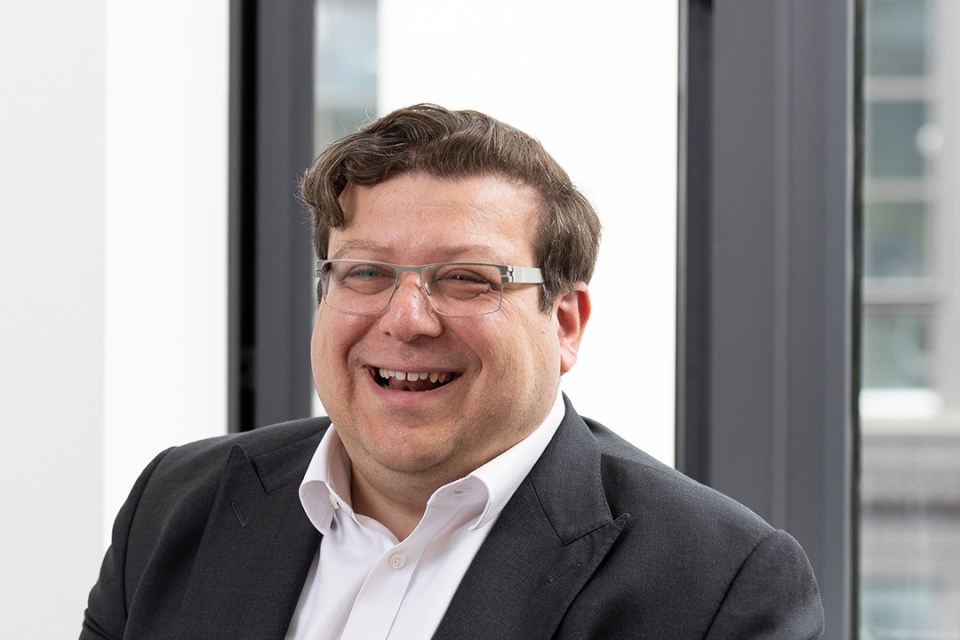New data centre planned for London amid ‘significant lack of power’

Digital infrastructure investor Goldacre is set to fund a project that will see London gain one of the most powerful data centres in the country, as the industry races to keep up with soaring demand for power.
Goldacre chief executive David Bloom told City A.M. the potential development in the Newham borough of London, will be able to deliver from 77 up to 90 megawatts of power in a single building by early 2027.
It will be joint-funded by asset management firm Legal and General and Goldacre. The value remains undisclosed, although the investors say it will inject up to £750m into the local communities through jobs.
“This tells you the trajectory of the sector,” said industry veteran Bloom, who also heads up Kao Data, of which Goldacre was a founding investor and is the operator behind several facilities across four locations in the UK.
By comparison, the new development could have over double the capacity of the first campus Kao ever built in Harlow, which was considered the largest in the UK at the time. Another of the UK’s largest data centres, in Wales, supplies 72 megawatts of power.

Data centres are considered the engine of the modern economy, providing the processing power that fuels everything from financial transactions to the internet of things and advanced computing, including the creation of artificial intelligence systems.
But demand for data centres is rapidly rising. AI training and large language models, such as ChatGPT and Gemini, require enormous amounts of power and countries are ramping up their usage as they try to get ahead in the quest for AI dominance.
According to investment bank RBC Capital Markets, the European data centre market is expected to grow by four times in the next decade, with the potential for $250bn (£196bn) worth of dry powder to be spent.
Big tech companies including Microsoft and Google have recently announced plans to invest in UK data centres. Until these are fully operational though, there is a “significant lack of power” in certain parts of the country, such as London. Bloom said the Newham development will help “add the capacity that’s required”.
It will also have built-in heat re-usage systems to improve efficiency. The design proposals plan to take excess heat and share it with homes in the local area, so that limited energy is wasted or released into the atmosphere.
But, despite the fact that Bloom is no stranger to building data centres, he admits it is not necessarily going to be an easy ride.
Planning permission is the first hurdle. The UK government has previously come under fire for refusing a data centre planning application, despite AI being a key priority.
Clearing that, Bloom said finding the skills to run the show is another struggle. “We need, in terms of skills, double the amount of people that are here.”
To fix this problem, Goldacre, which counts Lord Andrew Feldman as a senior adviser, is partnering with local authorities and nearby colleges and schools to give them the opportunity to work in the sector. “I don’t think most teenagers are waking up and thinking about data centres!”
Finally, this project is set to take some time due to its larger size. As the scale goes up, the timeline for delivery gets longer.
“I genuinely believe we are only at the end of the beginning of where this sector is going,” explained Bloom, “it feels like it’s moving extremely fast but, in reality, infrastructure moves slowly”, Bloom said.
Although Bloom describes himself as “such a cynic”, he sounds hopeful. “Working closely with all stakeholders has been a good process so far and we expect to deliver the project at the end of 2026.”